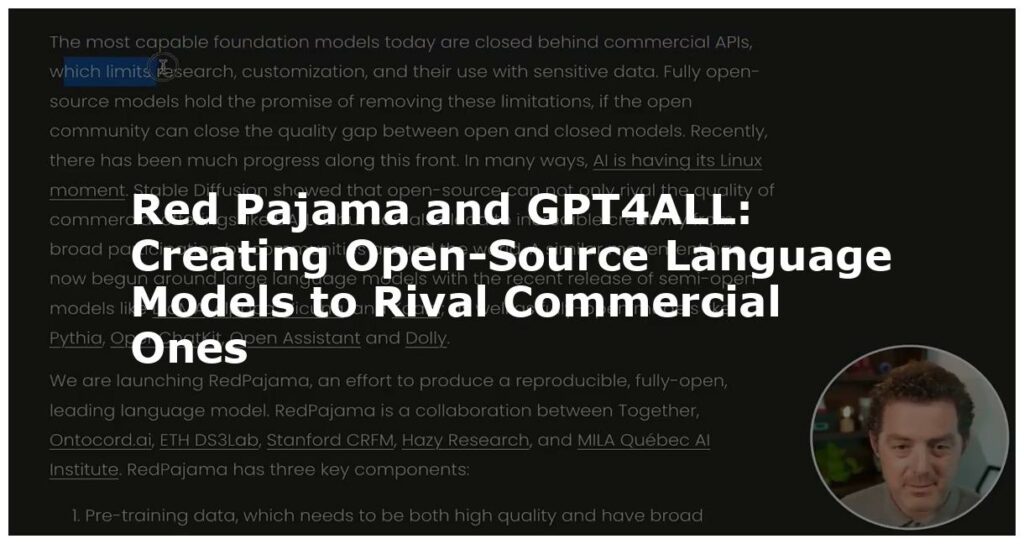Red Pajama: Recreating Llama from Scratch

The Red Pajama project is an ambitious effort to create a fully open-source set of language models with commercial viability. The project’s primary objective is to recreate the Llama model from Meta, which is currently not commercially open-source. This model is among the most exceptional language models out there, and the Red Pajama team is striving to surpass other commercially available language models such as DALI to offer an alternative option to users.
The Red Pajama project aims to achieve its goal by creating a set of language models that can rival commercially available models. By using the same set of data used to train the Llama model, they believe that they can create a language model that is commercially viable. Another critical aspect that the Red Pajama team has been giving attention to is the accuracy and proficiency of the resulting model. The team is optimistic that the final model will surpass the Llama model’s performance, taking into account flaws that the latter model may have.
One significant advantage of the Red Pajama project is their objective of ensuring that the resulting models are entirely open-source. As such, the project team is working on creating a set of language models that have no licensing restrictions and can be leveraged commercially. Therefore, users won’t have to worry about any legal implications when deploying the models in commercial scenarios.
GPT4ALL: The Commercially Viable Alternative
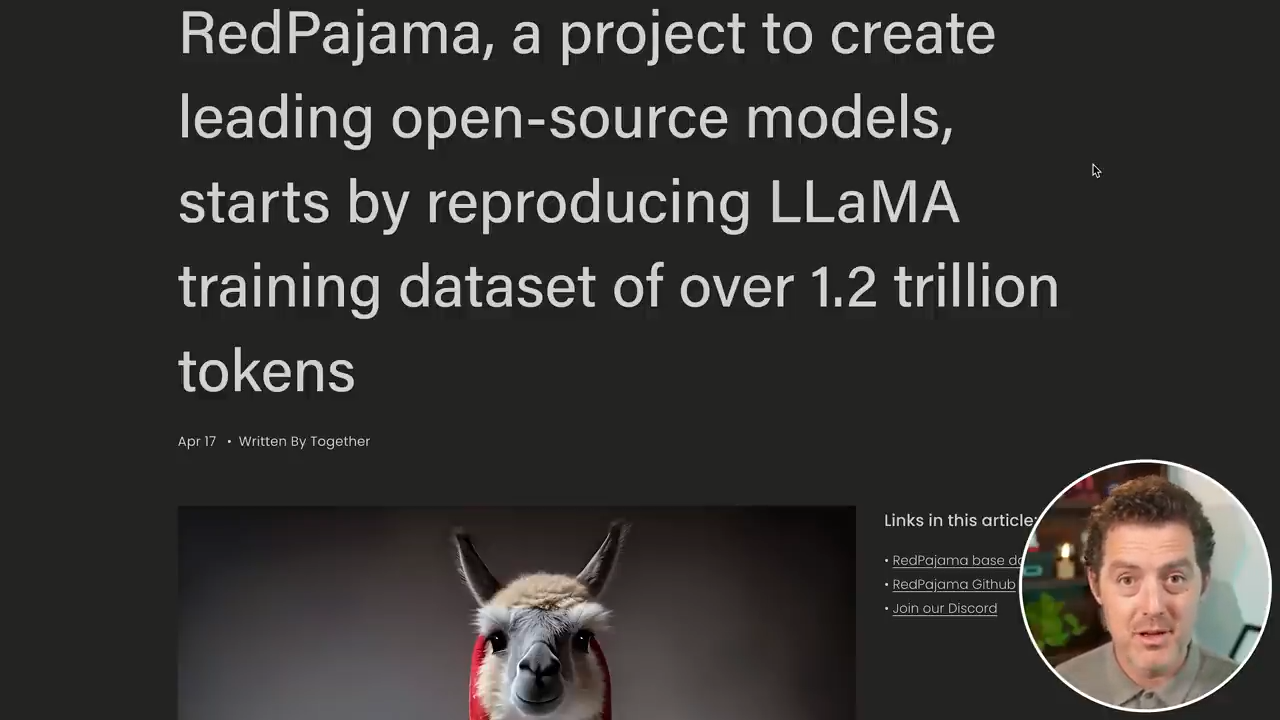
The GPT4ALL project is another endeavor that seeks to create commercially viable language models using the same dataset as the Llama model. The founder of the project is optimistic that they can address the Llama model’s faults while still using the same training data. As things stand, no other model is on par with GPT-4, highlighting the potential benefits of the GPT4ALL project.
The project’s objective is to create a commercially viable language model that can surpass other commercially available models. Additionally, the team is giving attention to the model’s reliability, speed of execution and versatility to ensure that users can leverage it in several settings. By doing so, the GPT4ALL team is hoping that, when fully realized, this model can compete with high-end commercial models in the market.
The GPT4ALL team also believes that creating open-source models that pose a challenge to commercially available models is essential. This will ensure that these models are more affordable and accessible to users, which is critical, given the increasing demand for AI models for analyzing and processing large datasets.
Llama Llama Red Pajamas
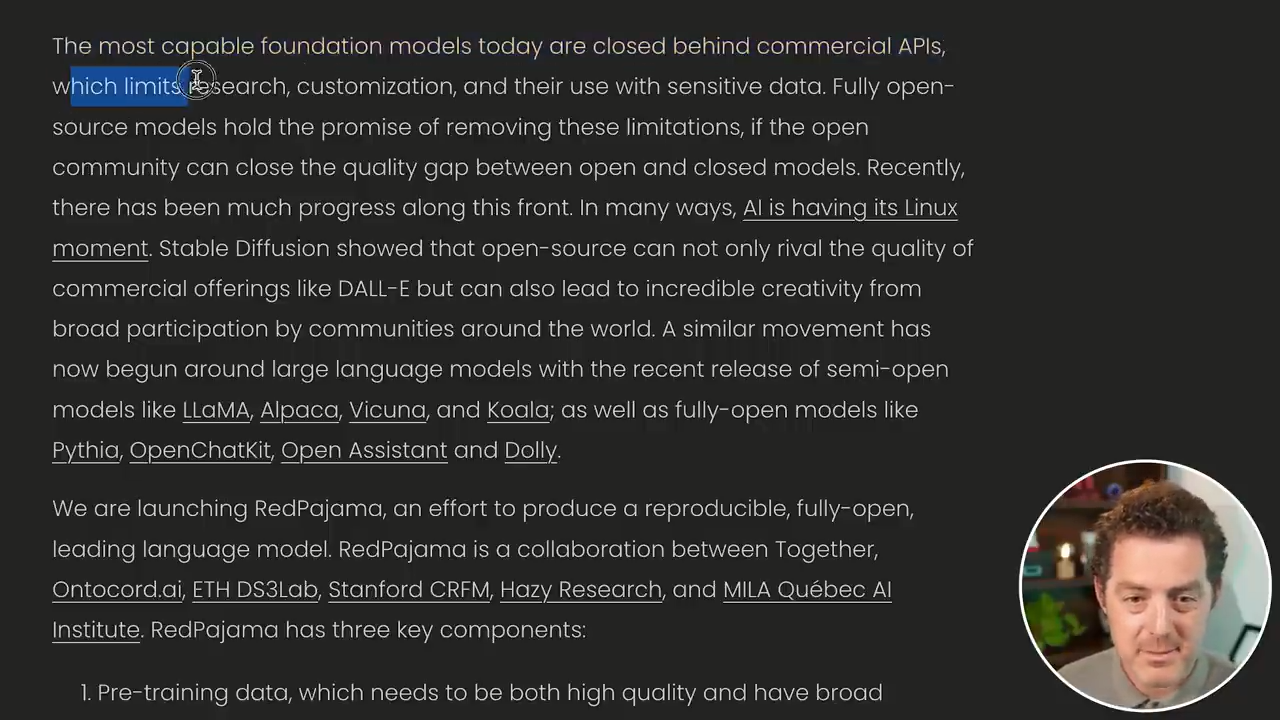
“Llama Llama Red Pajamas” is a children’s book that inspired the naming of the Llama model and the Red Pajama project. The Red Pajama project aims to create an open-source model equivalent in quality to the Llama model inspired by this book. The project team compiled a dataset of 1.2 trillion tokens that can assist them in achieving their goal.
The use of such a vast dataset is critical to the project’s success as it ensures a more comprehensive and accurate model. The team is optimistic that, with the data in its possession, they can create a model that can match or surpass commercially available models.
The team also recognizes that the project’s success depends on the community’s support, and they are open to collaborating with other developers to ensure the final model’s quality. This approach is a testament to the project’s commitment to ensuring that the end product is open-source, reproducible, and performs exceptionally well.
Fully Open and Reproducible
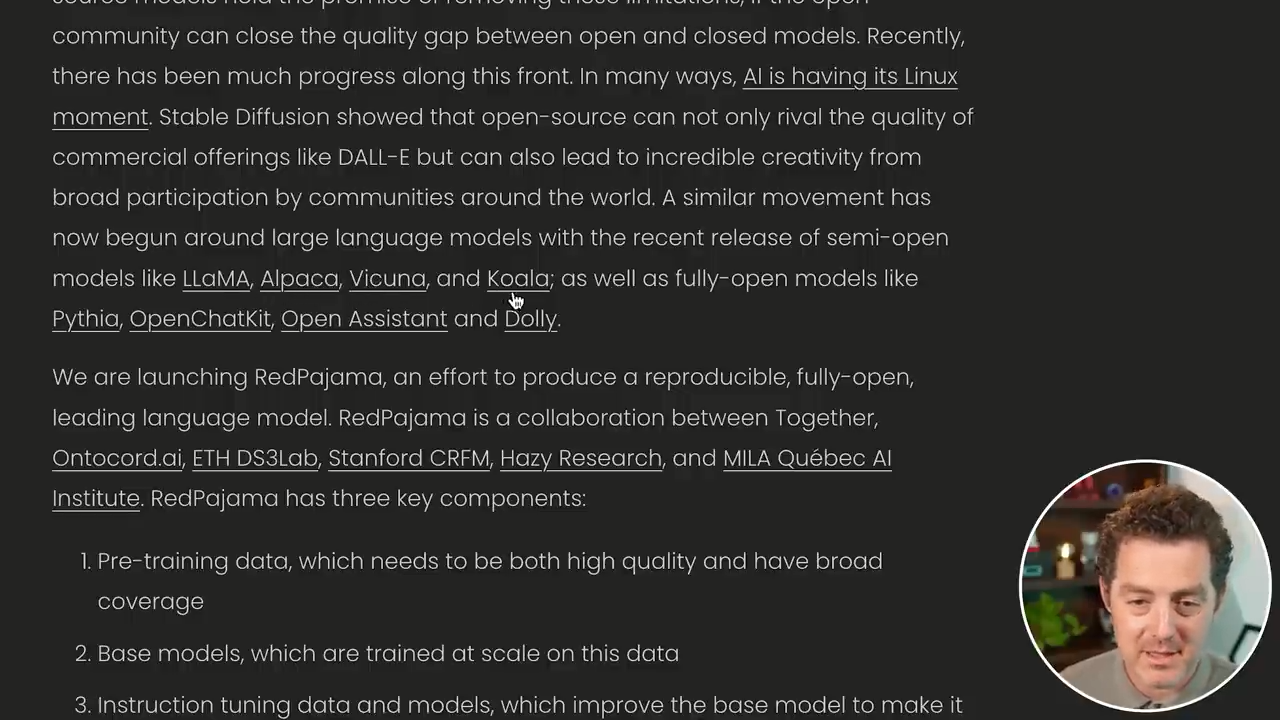
The Red Pajama project’s primary focus is creating a reproducible, fully open-source set of language models that can rival commercially available options. Pre-training the models with data is critical to ensuring high-quality models. The Red Pajama team has taken this into consideration and worked extensively to provide broad coverage in their pre-trained data.
The Red Pajama project has made the models fully open-source, ensuring that anyone can access and use them without any restrictions. This is an essential aspect of the project as it will allow anyone to use the models for personal or commercial purposes, without any legal implications. This is quite different from commercially available models with licensing restrictions that limit their usage.
The Red Pajama team’s objective to make the resulting models completely open-source is commendable and will go a long way in ensuring that researchers and developers have access to some of the most advanced AI models. This is essential in advancing the field of AI by providing more accessible and affordable training data sources for machine learning models.
Instruction Tuning for Improved Performance
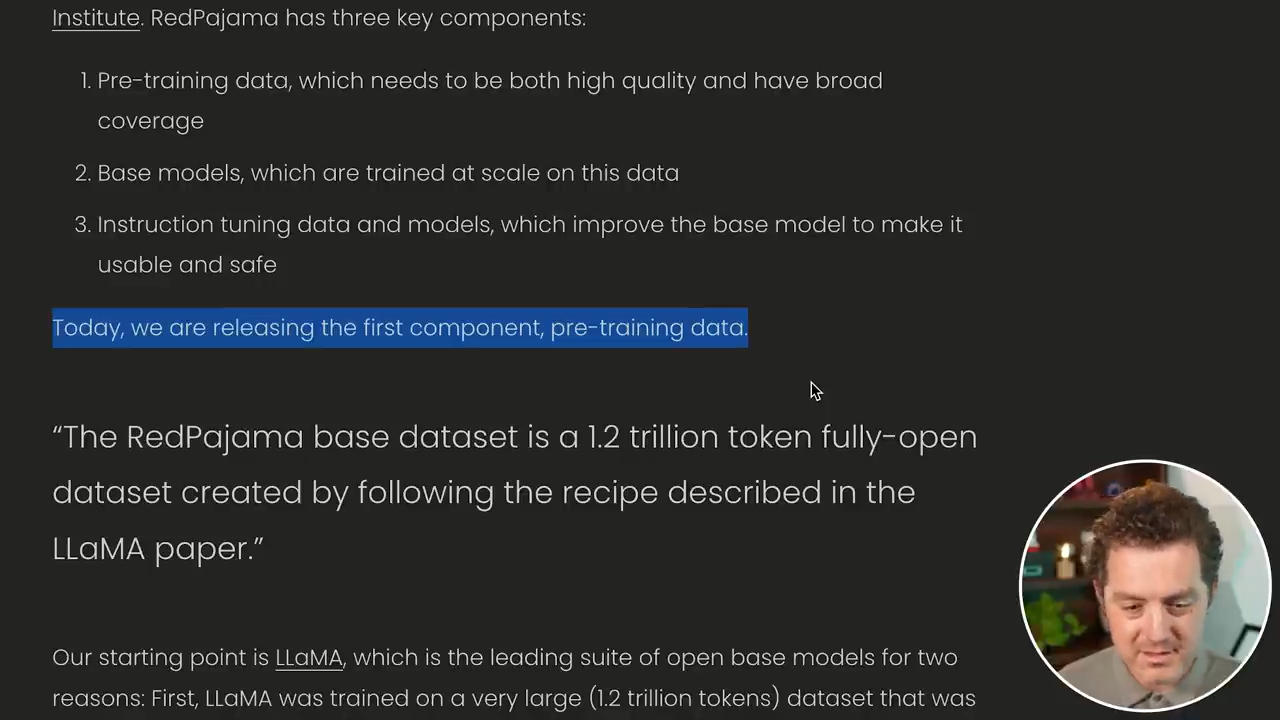
Llama improves its base model through instruction tuning, which involves using high-quality instruction data. The Red Pajama team had to recreate the Llama model to ensure that models with commercial viability could be achieved. The resulting 7 billion parameter model is highly valuable for the open-source community.
The instruction tuning process is critical for ensuring high-quality models, and the Red Pajama project recognizes this. They have taken this into account in their quest to create a language model that can rival commercially available models. The team is optimistic that by using the methodology, they can achieve better models that match or outperform current models in the market.
The 7 billion parameter model resulting from the project is a significant milestone in the development of AI models. The model can be leveraged in several settings, ranging from academia to commercial use. The Red Pajama team’s efforts to create an open-source language model with commercial viability are admirable, and the resulting models will undoubtedly be of great benefit to the open-source community.
Accessible and Affordable AI Model Training
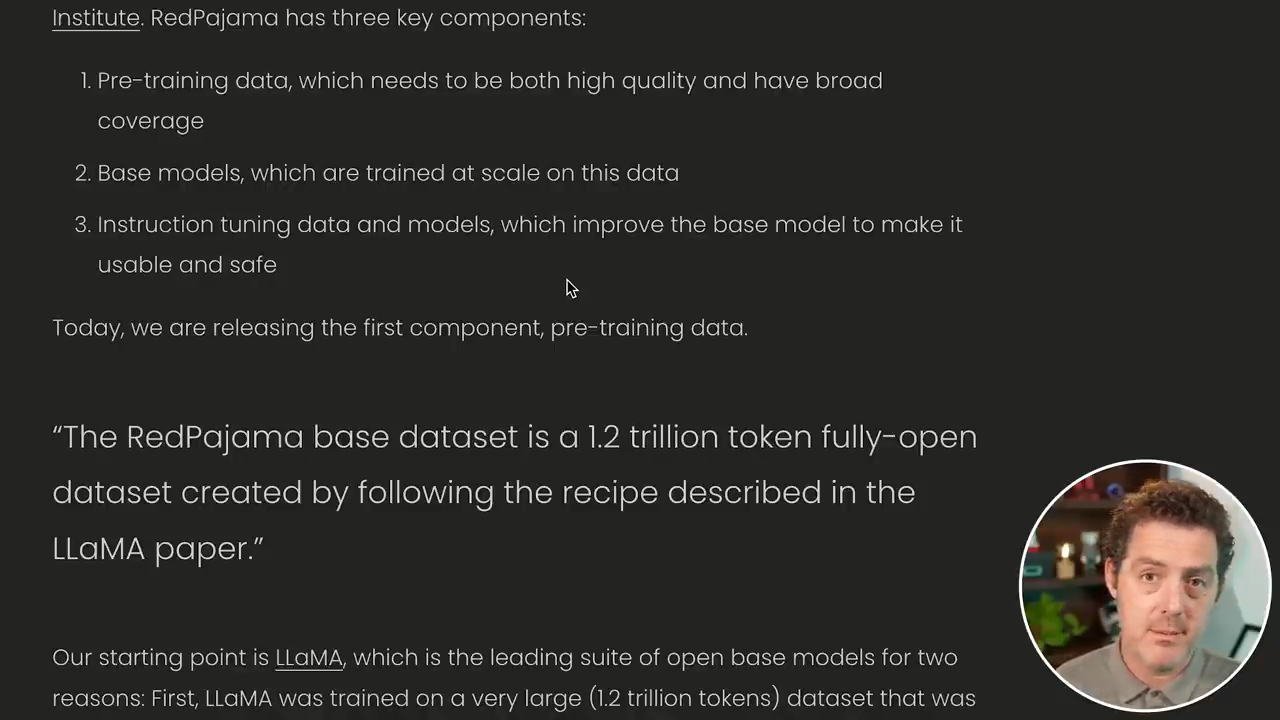
Red Pajama’s objective is to create open-source versions of Llama models with commercial viability that is accessible and affordable to researchers, developers, and the general public. To achieve this, they are working towards creating models with no licensing restrictions and compiling extensive datasets with broad coverage.
The project team understands the significance of affordable AI model training, and this has motivated their decision to make the resulting models accessible to the community. This is an essential aspect of the project, and it will go a long way in advancing the field of AI. Additionally, the models are more accessible, meaning there will be more data available to train the models, hence potentially better models.
Red Pajama is also discussing the use of the 1.2 trillion-token Red Pajama dataset, which is among the largest datasets available, for natural language processing. The dataset’s use will make the resulting models more accurate and reliable, as they will be trained on a vast amount of data, increasing their ability to understand natural language.
Training Data Sources
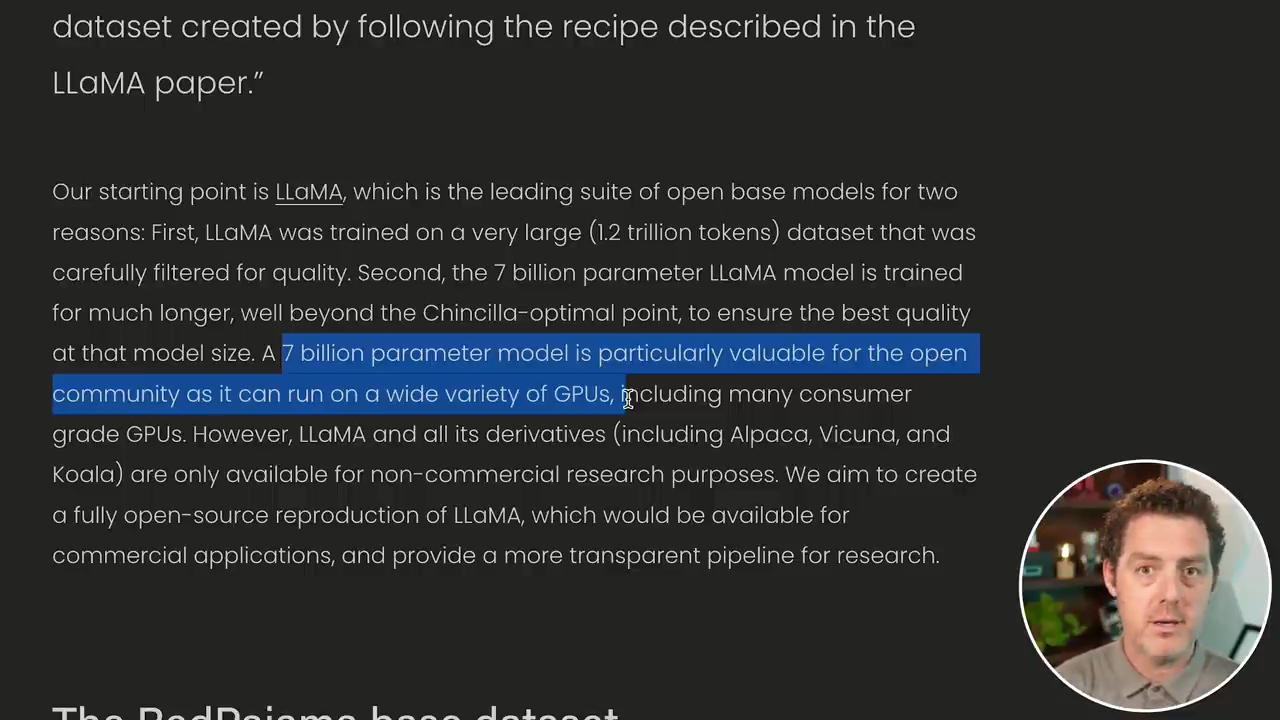
The Red Pajama project and other open-source initiatives train their models on several datasets, including Common Crawl, C4, GitHub, ARXIV, and Books. These datasets contain massive amounts of text that can be utilized in training language models.
Stack Exchange and Wikipedia are typical sources for coding datasets, but discussions around dataset size and quality have become more prevalent lately. The use of large datasets in training language models is critical to achieving high-quality models that can rival commercially available models.
Collaborative Efforts
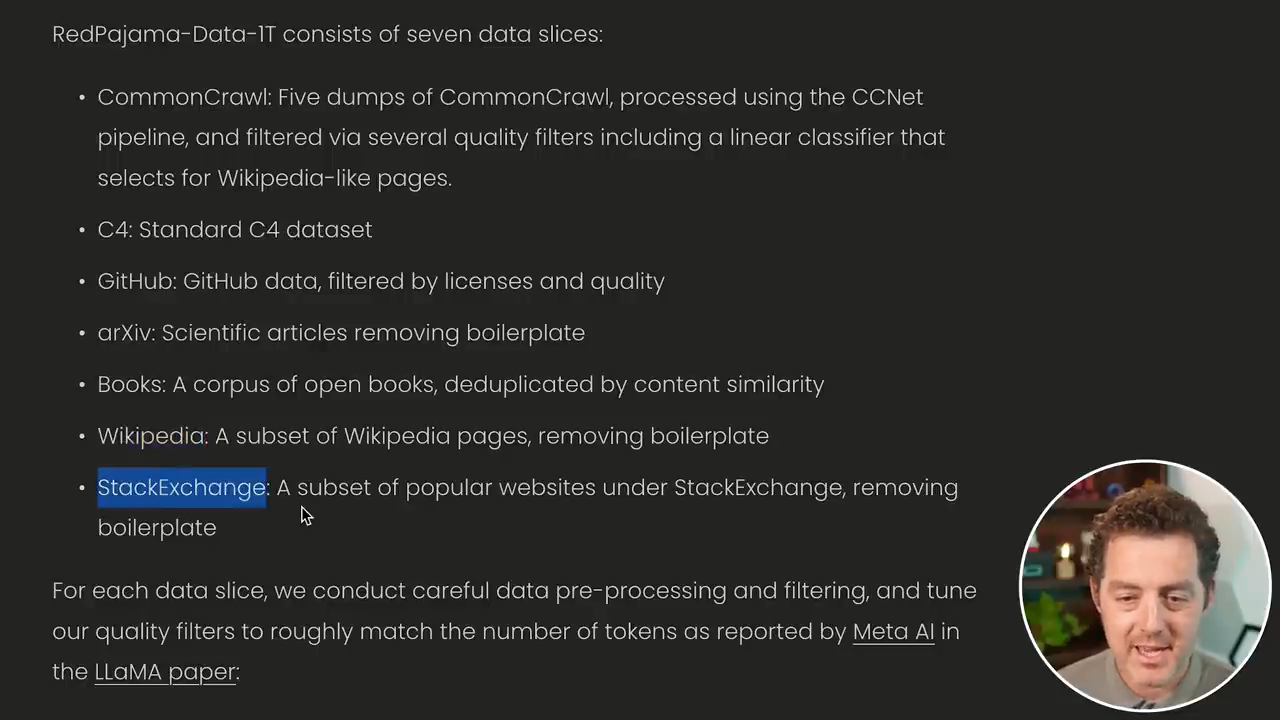
The Meerkat Project is collaborating with Common Crawl and C4 to produce a visualization tool that can be used in exploring dataset usage. The project’s immediate next step is to train a strong base model as part of the Insight Program, with support from the Oak Ridge Leadership Computing Facility.
The collaborative efforts in the development of language models are essential to ensuring that high-quality models are produced. This approach ensures that resources are combined, increasing the chances of success. Additionally, working together helps to ensure that common goals are achieved, which is critical in advancing the field of AI.
The Meerkat project’s objective to create a visualization tool is a significant milestone in the development of AI models. The tool will help in monitoring how the datasets are used in training language models, increasing transparency in the process. This is a commendable measure, which helps ensure that the process is fair, and there is no doubt about the quality of the models produced.
Unveiling New Language Models
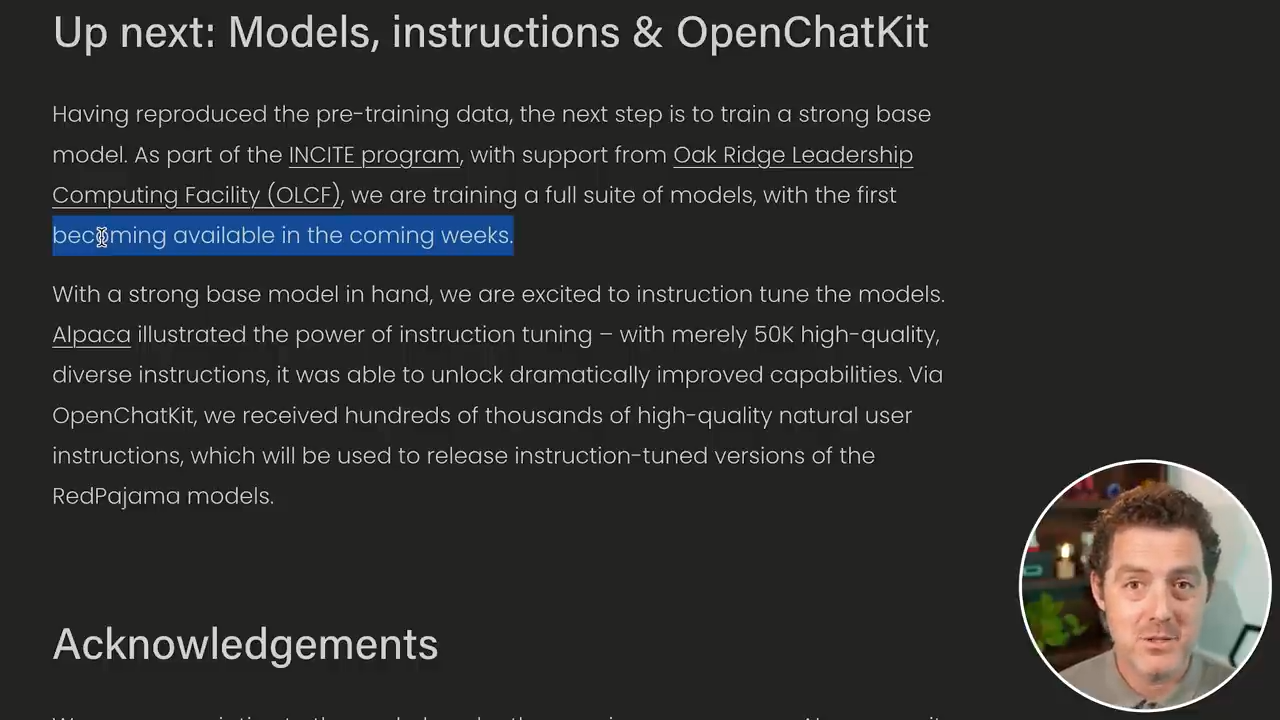
The development of new open-source language models is ongoing, with these models set to surpass current commercial models like ChatGPT. These models are being developed using advanced methods like instruction tuning to ensure that they achieve performance levels that rival commercially available models.
The unveiling of new language models is a crucial aspect of the development of AI, as it shows the advancements that have been made in the field. Additionally, these new models present an opportunity for developers to create more advanced and interactive applications that can process natural language with more accuracy and speed.
Instruction tuning is a methodology used in creating the new language models, which is critical to ensuring that the models are of high quality. This approach involves using high-quality instruction data, which results in more accurate and reliable models. The new models set to be unveiled soon will likely produce reliable and high-quality results that can have multiple applications, including in customer service, social media analysis, and sentiment analysis, among others.
Improved Natural Language Processing Capabilities
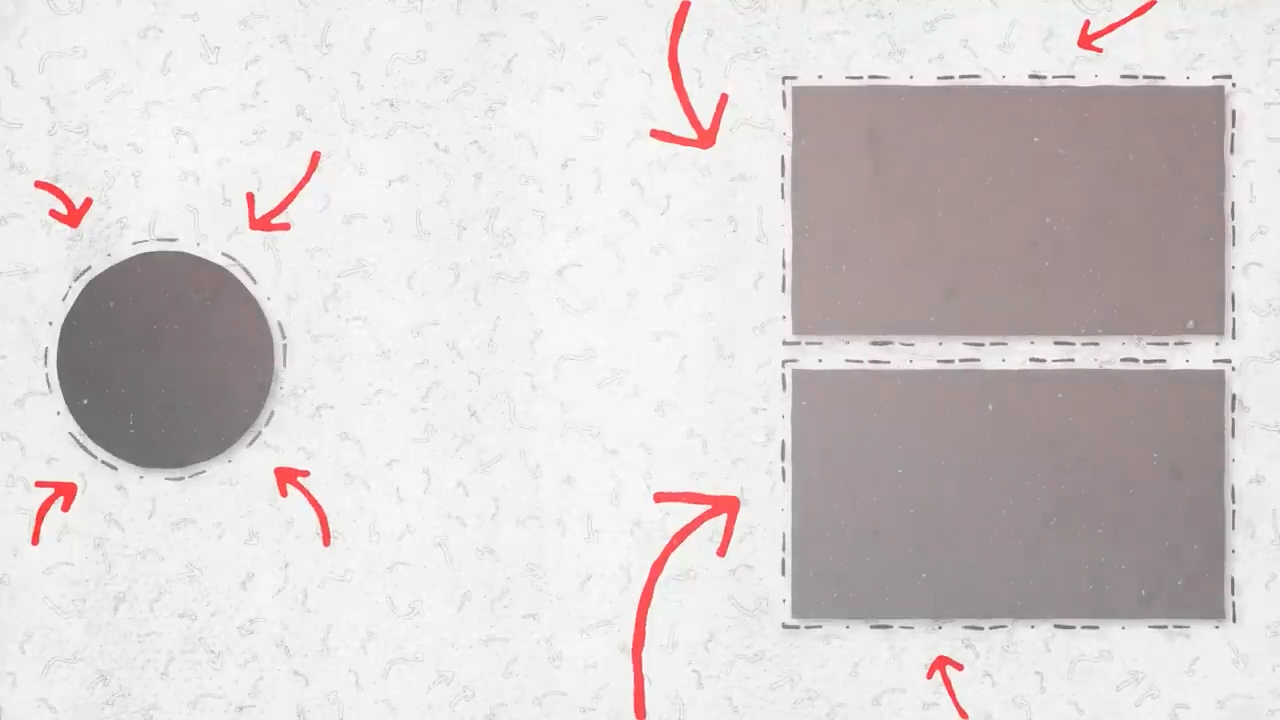
The OpenChatKit is an AI tool that has been instrumental in unlocking more natural language processing capabilities. The tool has received hundreds of thousands of high-quality natural user instructions, improving its capabilities further.
The tool’s ability to process natural language more accurately is critical, as it opens up several applications for AI models. It paves the way for the development of more advanced models that can process natural language with more accuracy and speed, presenting new opportunities for developers and researchers.
The hundreds of thousands of high-quality natural user instructions received are proof of the tool’s reliability and usability, indicating that it can achieve high accuracy levels in analyzing natural language. The OpenChatKit is another example of how open-source AI models can revolutionize the field of AI, providing more accessible and affordable training data sources.
Watch the full video
Caroline wrote this article after watching the video ‘NEW LLaMA Model Coming – Completely Rebuilt From the Ground Up’. All the images above are screenshots from the original video. Source: Youtube.

